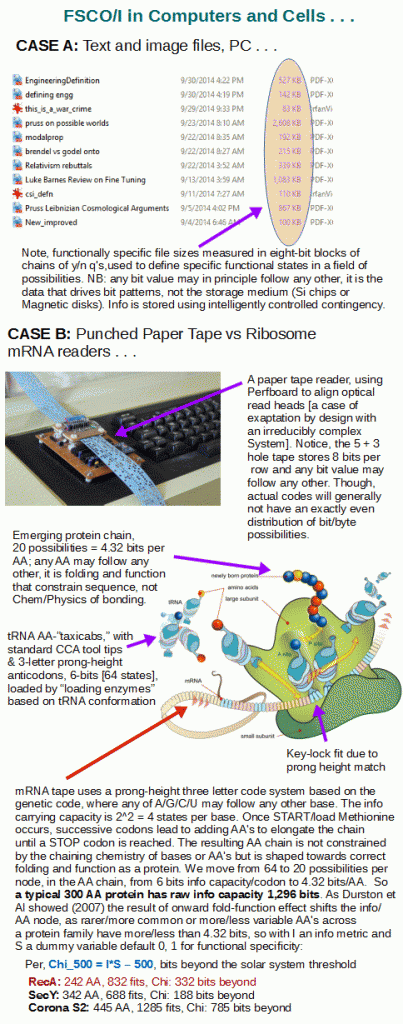It seems that it is exceedingly hard for some to understand what FSCO/I is about. In responding to an objector, I wrote as follows just now, and think it is worth headlining for reference:
Where, K-Complexity is summarised by Wikipedia, as a first level point of reference that would have been immediately accessible all along:
<<In algorithmic information theory (a subfield of computer science and mathematics), the Kolmogorov complexity of an object, such as a piece of text, is the length of a shortest computer program (in a predetermined programming language) that produces the object as output. It is a measure of the computational resources needed to specify the object, and is also known as algorithmic complexity, Solomonoff–Kolmogorov–Chaitin complexity, program-size complexity, descriptive complexity, or algorithmic entropy. It is named after Andrey Kolmogorov, who first published on the subject in 1963 [1][2] and is a generalization of classical information theory.
The notion of Kolmogorov complexity can be used to state and prove impossibility results akin to Cantor’s diagonal argument, Gödel’s incompleteness theorem, and Turing’s halting problem. In particular, no program P computing a lower bound for each text’s Kolmogorov complexity can return a value essentially larger than P’s own length (see section § Chaitin’s incompleteness theorem); hence no single program can compute the exact Kolmogorov complexity for infinitely many texts.>>
From this, it is but a short step to imagine a universal constructor device which, fed a compact description in a suitable language, will construct and present the [obviously, finite] object. Let us call this the universal 3-D printer/constructor, 3-DP/C.
Thus, in principle, reduction of an organised entity to a description in a suitably compact language is formally equivalent in information terms to the object, once 3-DP/C is present as a conceptual entity. So, WLOG, reduction to compact description in a compact language d(E) is readily seen as identifying the information content of any given entity E.
For, d(E) is a program though it can simply be a functional organisational specification, as, causally in this logic-model world:
d(E) + 3-DP/C + n ==> E1, E2, . . . En.
Obviously, n is an auxiliary instruction setting the number of copies to be made.
I write ==> to imply a constructive causal process effected by a 3-DP/C.
From this we may come back to Orgel and notice his [1973] summary:
These vague idea can be made more precise by introducing the idea of information. Roughly speaking, the information content of a structure is the minimum number of instructions needed to specify the structure.
We thus have a formal framework to reduce any entity to a description d(E), which is informational and has as metric
I = length[d(E)],
where a chain of Y/N q[s will yield I in bits, on the Kolmogorov assumption of compactness. I use compact, to imply that we can get a good enough estimator of I by using something compact. We do not have to actually build a most compact language.
Then, inject random changes in d(E) and observable sensitivity to perturbation would be an index of functional specificity of organisation. As a simple case try text strings in English as d(E) and a noisy, lossy transmission medium, giving d*(E). 3-DP/C can put out text strings on d*(E) but soon enough function will vanish as d(E) becomes gibberish.
d(E) –> lossy, noisy medium –> d*(E) + 3-DP/C + 1 ==> E*1
d*(E) –> LNM –> d**(E) + 3-DP/C + 1 ==> E**1
etc.
After a few generations, gibberish predictably will destroy configuration based functional organisation, starting with text in English.
And so forth.
I trust this will help you understand what FSCO/I is about more clearly.
Overnight, illustrating:

Now of course, 3-DP/C does not exist, though we could argue that the state of the art of technology can be seen as an early, primitive partial case. Venter et al are obviously doing engineering with life forms for example. And of course typing on a keyboard and outputting to a screen or paper are very low level examples.
Technology is not the issue, a formal representation to capture information content of a functionally organised entity is.
Conceive of say a 3-DP/C putting out worlds specified by various cosmological models. We soon enough see the point of cosmological fine tuning, e.g. see Barnes:
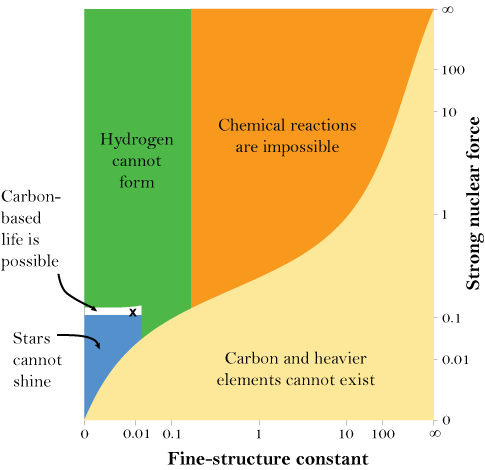
Similarly, contemplate the FSCO/I in an ABU 6500CT reel, using d(E) to output:

Then, let us contemplate as a related case, the von Neumann Kinematic Self Replicator:
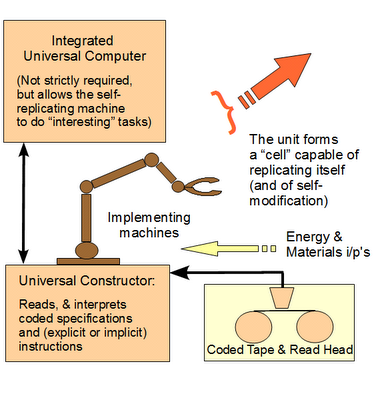
With these in mind, now consider the configuration space, needle in haystack search challenge:
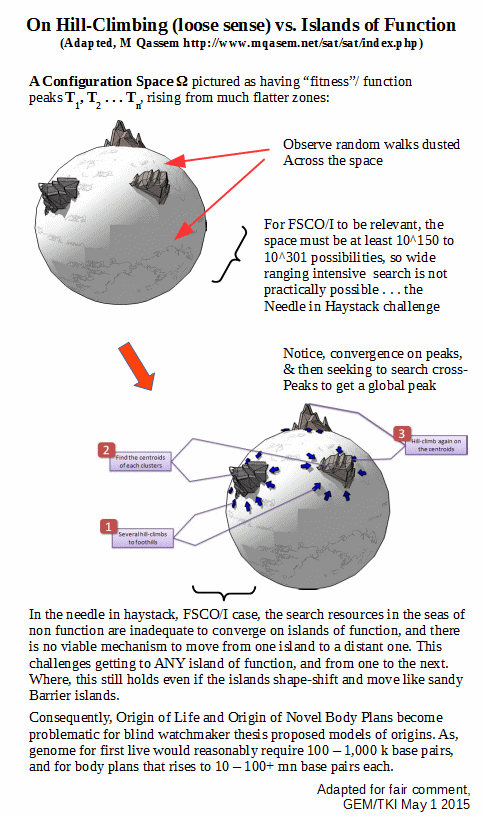
Thence, see the significance of active information:
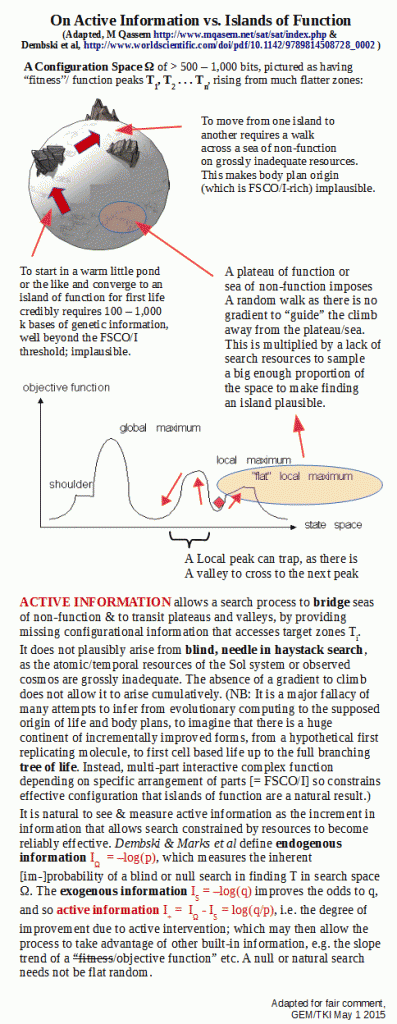
It is thus clear that FSCO/I is a real world concept and the design inference import it carries is real, non trivial, not incoherent, and significant. END
PS, as a frequent objector is again demanding measured values of FSCO/I on pretence that it is incoherent and un-measurable, here is a longstanding illustration put up at UD many years ago, with three specific values building on information metrics in the literature:
